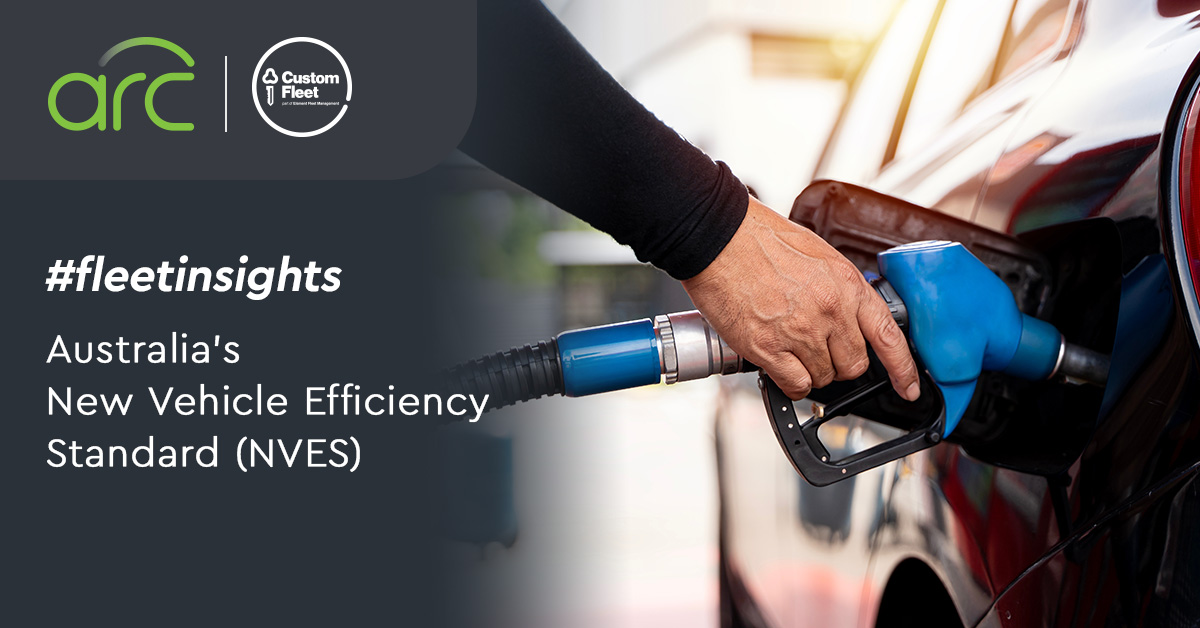17 September 2024
Australia’s New Vehicle Efficiency Standard: What you need to know
What is the New Vehicle Efficiency Standard?
The New Vehicle Efficiency Standard (NVES) requires car manufacturers to meet a CO2 reduction target, promoting fuel-efficient and low or zero-emission vehicles starting 1 January 2025 in Australia.
This target will gradually become stricter over time. Manufacturers can sell any vehicle type but must balance less efficient models with more efficient ones.

Meeting or exceeding the target earns credits; exceeding the target allows two years to trade or generate credits to avoid penalties. For instance, if a supplier falls short in 2025, they have until 2027 to offset this shortfall.
How will the Standard be regulated?
A new government regulator will oversee the Standard, working with the industry to ensure effective implementation. Targets will be reviewed every five years. Key functions include:
- Assessing performance: Calculating the sales-weighted average mass and CO2 emissions of vehicles sold by each manufacturer.
- Compliance monitoring: Comparing these metrics to the target limit. Manufacturers meeting the target earn tradeable credits; those exceeding it must offset results within two years or face penalties.
Will the Standard increase car prices?
The Standard is not expected to raise car prices. It promotes fuel-efficient vehicles, potentially saving drivers money on fuel and expanding used car options. While manufacturers might face higher costs for efficient models, consumers will still have affordable choices.
Will the Standard ban vehicle models?
No, it will not ban any vehicle models. The Standard aims to increase the availability of fuel-efficient and low-emission vehicles while allowing car companies to offer a variety of models, including large cars and utes.
Is this a carbon tax on cars?
No, it is not a tax but a regulatory measure to encourage more fuel-efficient and low-emission vehicles.
Will the Standard lead to increased fuel prices?
No, improving new car fuel efficiency won’t impact fuel prices but will enhance Australia’s fuel security by reducing dependence on imported fuel.
Is there enough charging infrastructure for Electric Vehicles?
Yes, charging infrastructure is expanding rapidly in Australia. There are currently over 900 fast and ultrafast charging sites as of March 2024, with plans to fund around 1,600 stations. The Driving the Nation Fund is also supporting 117 fast charging sites along highways to facilitate long-distance EV travel.
What does this mean for fleet operations?
While the NEVS is designed to benefit consumers by promoting fuel efficiency and reducing emissions without increasing car prices, it is anticipated to have a positive effect on fleet operations.
Fleet managers will have additional vehicle options available as they navigate emission reduction targets and fuel efficiency requirements. This will likely involve reviewing fleet policies, vehicle choices, and strategic planning related to fleet operations.
Many businesses are facing cost reduction pressures alongside emission reduction targets and the NVES creates opportunities to achieve both goals simultaneously but may require assistance in modelling the future model composition and cost impacts.
Work with our Strategic Advisory Services team
To help fleets achieve both goals and with a well-defined transition, Custom Fleet offers tailored solutions and strategic guidance.
Our strategic advisory experts can assist with optimising fleet composition, forecasting future emission profiles, and identifying cost-effective strategies to take best advantage of the new standards.
Contact us to learn how we can support your fleet's transition to more fuel-efficient and low-emission vehicles, ensuring your business stays competitive in this evolving landscape while reducing emissions.

